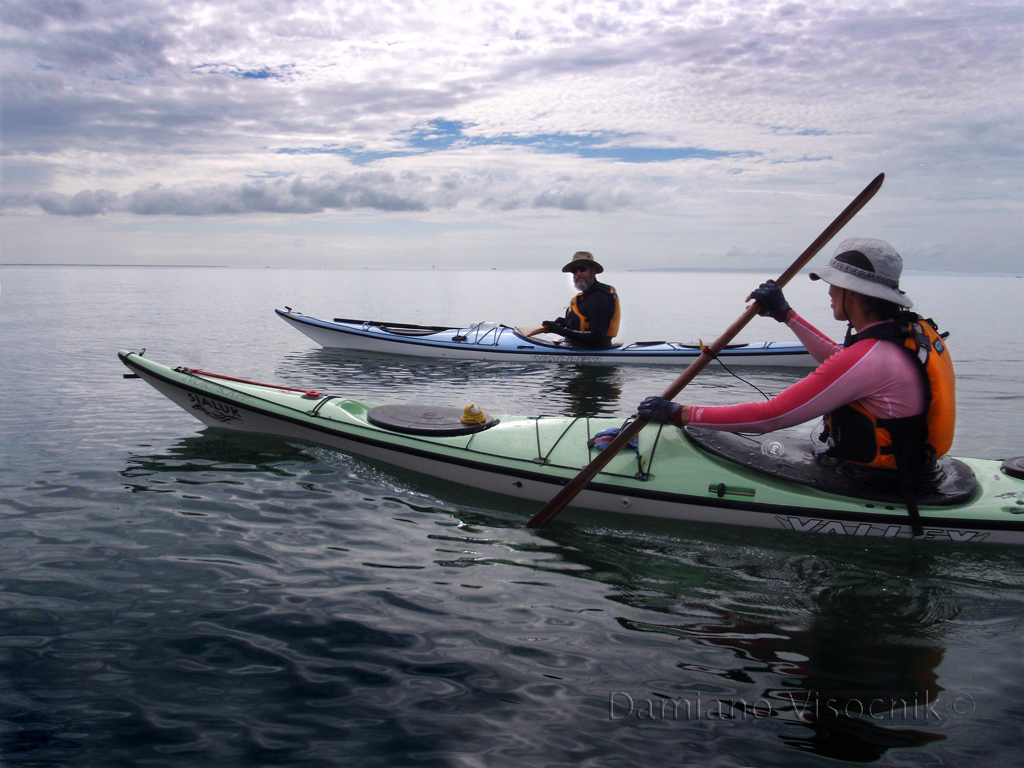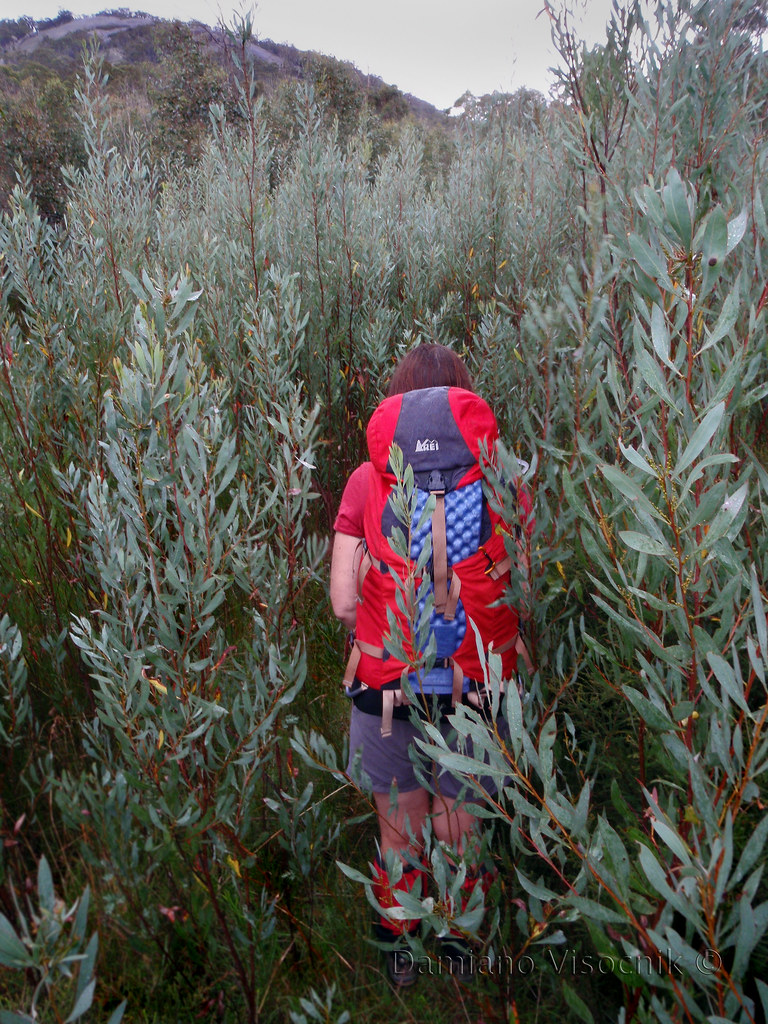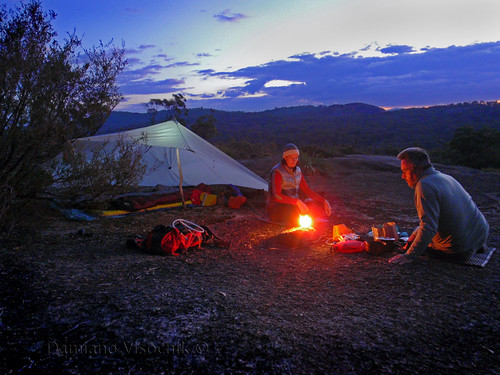I believe that with the right companions the experience is enhanced and the safety on the water is increased.
Some of my paddling buddies are friends while others are just trusted people.
While I do lead trips for the Club (or participate on trips led by others) where the skill level and the seamanship can be rather basic, those trips are usually brief and not demanding.
Easy day trips are safe occasions to asses one's ability and character.
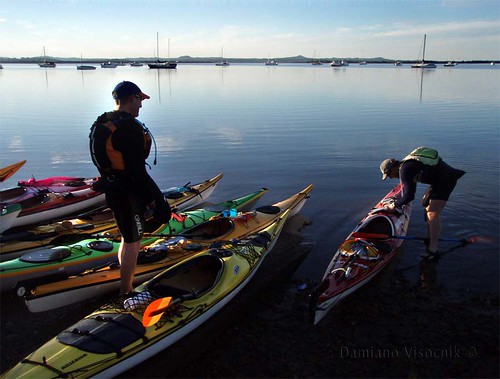
A few years ago I learned that I should never take a paddler on an extended trip if they have not paddled with me on a simple paddle first.
On one occasion the visiting paddler from USA (that I have not met before) assured me that she had paddled for years in demanding conditions and she was a very proficient sea kayaker.
Fooled by her assurance I agreed to have her on a multi day trip.
It became evident right from the start that this person was no expert, actually quite a beginner.
I would have escorted her back to the shore and sent her home except she had gotten a ride with somebody else (she didn't have a car herself).
Fortunately for her the rest of the group agreed to slow the pace to a crawl and eventually tow her for the rest of the weekend (conditions and locale were very easy).
Lesson learned: don't believe what a paddler says about his/her ability, assess them on a low grade day trip first.

On a different occasion the situation was way more serious.
An interstate visiting kayaker joined a Club group paddle along a shore with surf landings.
Silvio Testa, an experienced local kayaker, was the leader of the trip.
The visitor was a friend of another Club member who did not participate in the trip.
The Club member vouched for the visitor's ability.
While this visitor certainly displayed the skills needed for the surf, he did not understand seamanship.
His character lead him to bully the group and take over the leadership which resulted in Silvio almost drowning.
With his commanding authoritarian voice he egged the group away from the leader (with the pretext that we were running out of daylight) and abandoned him alone on the beach.
The second-in-charge did not have the spirit to salvage the situation and simply agreed to abandon Silvio.
Unknown to us, while scouting for a camp spot, Silvio got dumped on the shore when trying to launch and rejoin the rest of the group.
For some reason he could not wet exit and nearly came to grief.
Silvio admitted that was real luck that he didn't drown.
If we were present at the mishap, one of us could have surfed in and offered assistance.
Needless to say that this visitor got an tongue lashing about his behaviour and incredibly, his behaviour, did not improve the following day.
The group was however wiser now and ignored him.
Needless to say he was no longer invited on Club trips.
From that incident I learned: there is only one leader and he/she calls the shots, know your paddling companions well before committing to a demanding/long trip.
On my trips to the Whitsundays (2 weeks+) I select the participants very carefully.
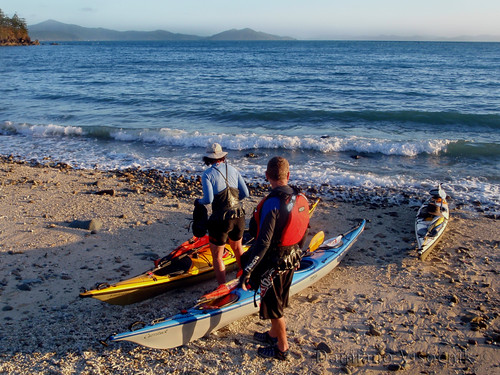
While the skill level required is a given, I put emphasis on group dynamics, objective of the paddlers and ability to perform under pressure.
I have read one too many accounts of trips in the same area that deviated wildly from the plan because the paddling group was not suitable (skill wise or conflicting personality).
On the account of one well known sea kayaker's trip to Hinchinbrook Island, he admitted that despite having paddled with the participants before, he believed half of them had a skill level unsuitable for the extended trip that he led for the two weeks.
The short time he spent paddling with them prior to the trip was obviously not sufficient to judge their ability/spirit for a long trip.
It puzzles me now why my Club has suddenly changed the policy and has decided to allow inexperienced paddlers (with Club outings) to join any grade trips of any duration.
The rules have now been changed to allow a visitor to join any trip, of any skill level (even very demanding ones) and of any length.
In confidence, I have been informed that one of the members of the Club's newly formed Safety Committee (a highly experienced Sea Kayak Instructor) is strongly opposed to this new foolish decision.
I have made my inexperienced fellow Committee Members aware of the dangers but obviously my view didn't dissuade them.
While we all make mistakes, I try to minimize mine so they don't escalate to a situation of real danger.
Learning from other experienced paddlers has always been my priority: there is no need to have first hand bad experiences to understand that something is just too risky.


.jpg)
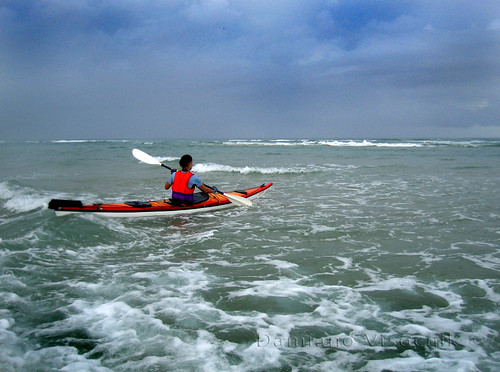

.jpg)
.jpg)
.jpg)
.jpg)
.jpg)
